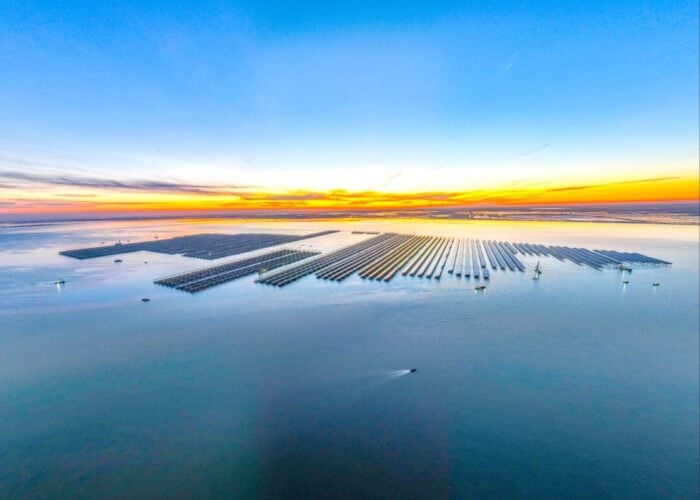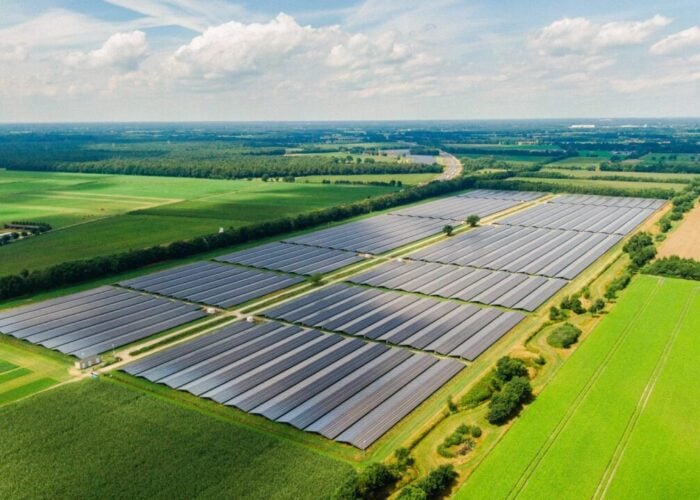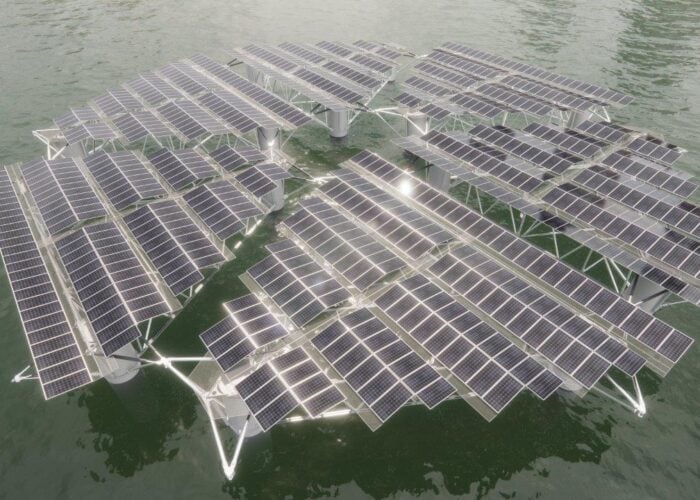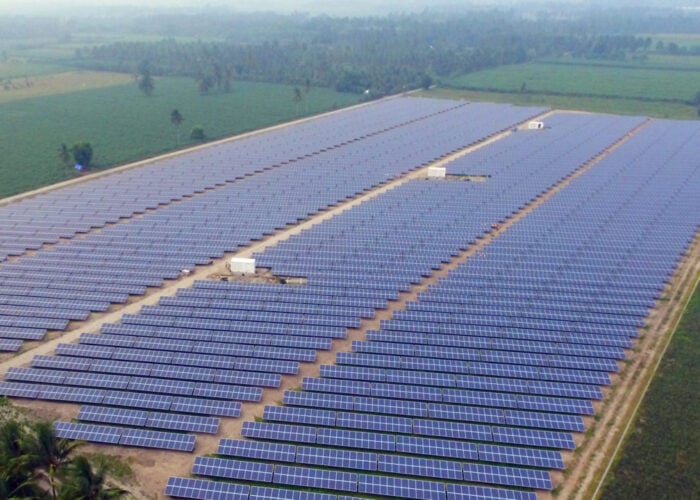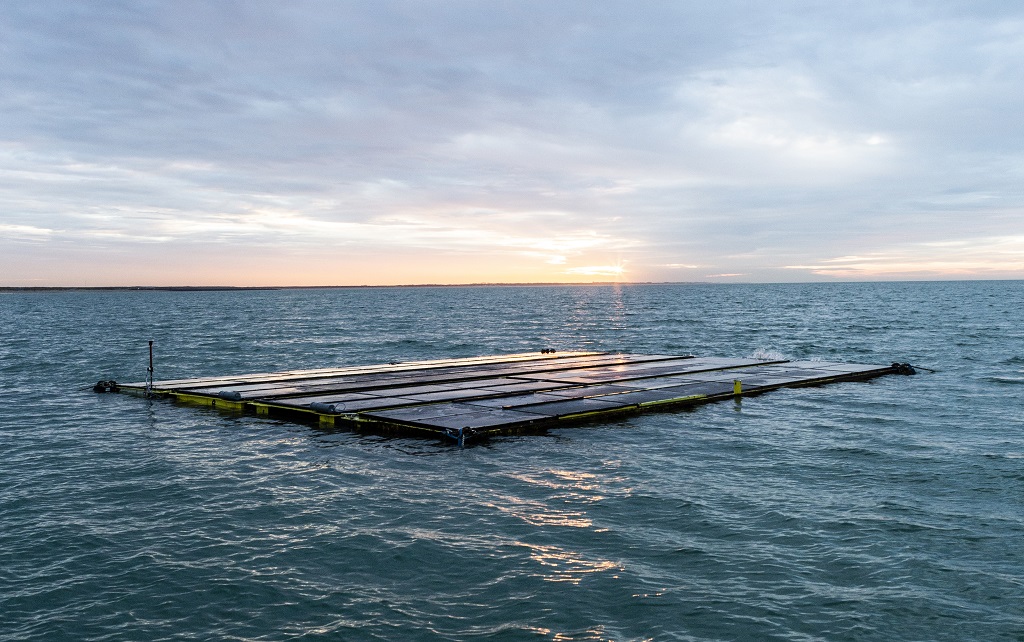
As Oceans of Energy announces it has received an approval in principle for its high-wave offshore solar system design from Bureau Veritas, the path to getting there needed a lot of work in the last four years since the company’s first offshore solar project was launched.
That’s because offshore solar has yet to be fully commercial, and at the moment most of the work done is in the research and development (R&D) phase but is still developing at a fast pace, says Allard van Hoeken, CEO at Oceans of Energy.
Try Premium for just $1
- Full premium access for the first month at only $1
- Converts to an annual rate after 30 days unless cancelled
- Cancel anytime during the trial period
Premium Benefits
- Expert industry analysis and interviews
- Digital access to PV Tech Power journal
- Exclusive event discounts
Or get the full Premium subscription right away
Or continue reading this article for free
So far Oceans of Energy has three ongoing projects, two of which are standalone offshore solar (dubbed North Sea 1 and North Sea 2) while North Sea 3 is a 3MW offshore solar PV plant co-located with a wind farm off the Belgian coast.
As the names suggest for the standalone projects, they are located 12km off the coast of the Netherlands in the North Sea, providing the developer with precious information about the challenges an offshore floating solar plant faces in the sea.
If the environmental conditions of the sea – high waves, salt water, storms and high wind speeds – were one of the main challenges for the offshore solar plants, van Hoeken says: “The major problem is that the load cases are unknown.”
Since wind turbines, or oil platforms for that matter, have a single point in the sea, it is much easier to build those as they are being built above the sea, which would not be cost-effective for a large-scale solar plant due to its size.
“The comparison that comes in mind for offshore solar is a water lily,” says van Hoeken, adding that the sea in itself is used as a supporting force. The other complicated aspect for the load cases is that computer modelling simulations won’t be as efficient to predict the outcomes due to so many floating modules moving together.
“You can only learn when you’re really out there. There is no other place to learn from something as new as offshore solar covering a wide area in an environment that’s as difficult to predict as the sea,” says van Hoeken, adding that everything that is done beforehand can still be insightful but does not rival the real data provided in the North Sea.
By doing so, Oceans of Energy suffered several setbacks, which the company learned from, using the results its team found to improve the product and optimise the design.
This in itself would be helpful for the company to later increase the installed capacity of the projects it currently has since so far all of Oceans of Energy’s offshore solar projects are a few megawatts in size. But its scalability would not be a problem, rather the opposite, and would make the whole system better, more stable and cheaper as it gets bigger, says van Hoeken.
“The bigger you build the system there is actually a very small load increase. So what we see is when we tripled the system over the last year, the mooring loads did not triple, they only increased by a small percentage.”
Scalability is one of the next steps for Oceans of Energy, which is working to find a wind farm operator to scale up its offshore solar project to 15MW first and then build from 150MW to 750MW and bring offshore PV to commercial use and have large-scale offshore solar plants either as a standalone or co-located with offshore wind.
PV Tech Power will be running a feature on offshore solar in the upcoming edition of PV Tech Power 34.

